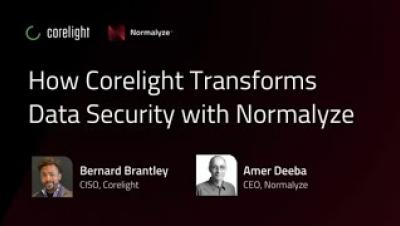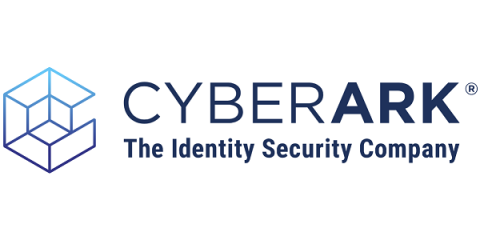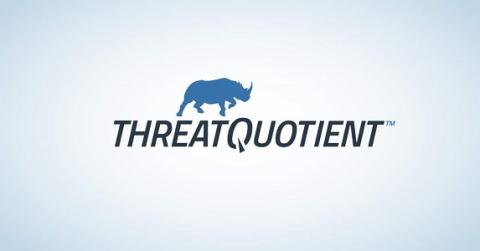Security | Threat Detection | Cyberattacks | DevSecOps | Compliance
Threat Detection
Introducing Calico Runtime Threat Defense-The most extensive security coverage for containers and Kubernetes
Containerized applications are complex, which is why an effective container security strategy is difficult to design and execute. As digitalization continues to push applications and services to the cloud, bad actors’ attack techniques have also become more sophisticated, which further challenges container security solutions available on the market.
What is XDR? Is the security impact real or hyped?
What It Means to be Threat Informed
How Corelight Transforms Data Security with Normalyze
Expand visibility around authentication and application anomalies with Corelight's new LDAP analyzer
Comprehensive visibility into network protocols is a hallmark of Zeek (and therefore Corelight) data. That's why we are very happy to announce that with our v27.2 release we are supporting a new analyzer for the LDAP protocol. You likely know LDAP as a workhorse for carrying directory information across the network. While it's an open standard, it's most often seen as part of several server implementations, especially Microsoft's Active Directory, OpenLDAP, and others.
How to Streamline Security Operations With Identity Security Intelligence
“Black Swan” author Nicholas Nassim Taleb once wrote that “intelligence consists in ignoring things that are irrelevant (avoiding false patterns).” Organizations must take this definition to heart as they incorporate Identity Security intelligence – an essential element of any Zero Trust cybersecurity strategy. Many organizations have dedicated Security Operations Center (SOC) teams responsible for their threat detection, investigation and response efforts.
And The Award Goes To...
Since 2009 we have been innovating and creating the best and most innovative cybersecurity technologies for our customers. This hard work pays off every day when we talk with our customers and others in the industry, about the strength of their security posture with CleanINTERNET®. We also appreciate when our company and technology is validated by third parties.











